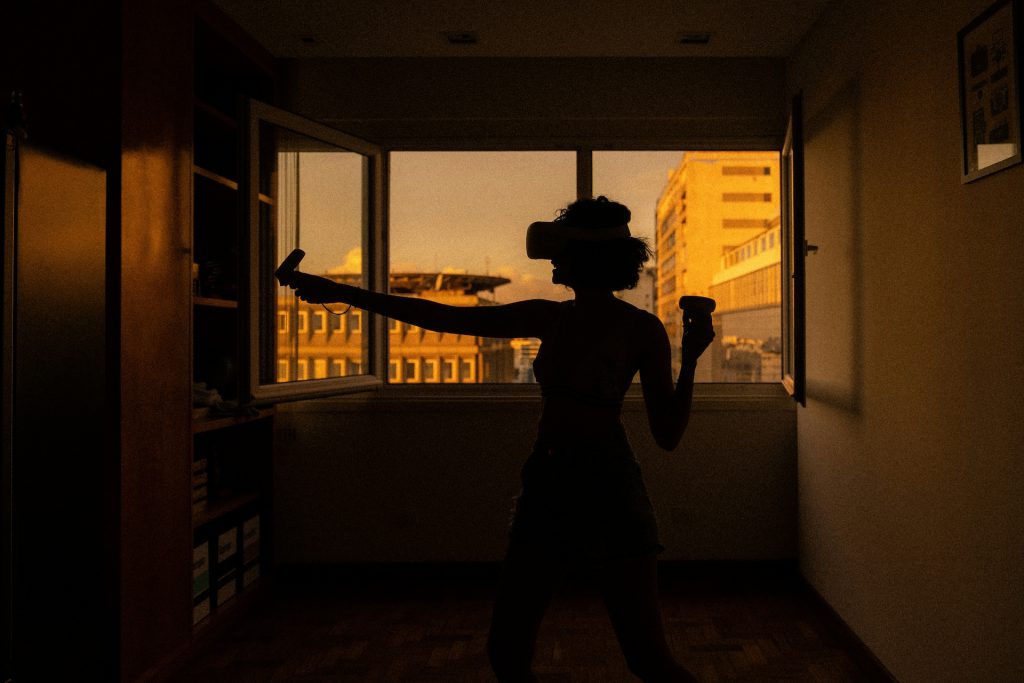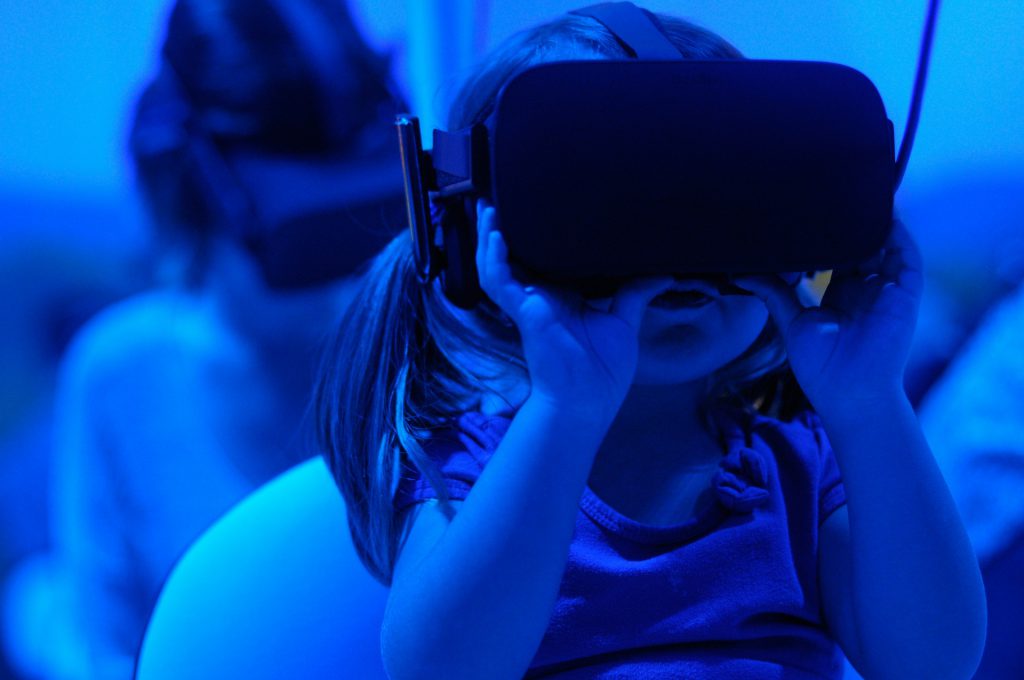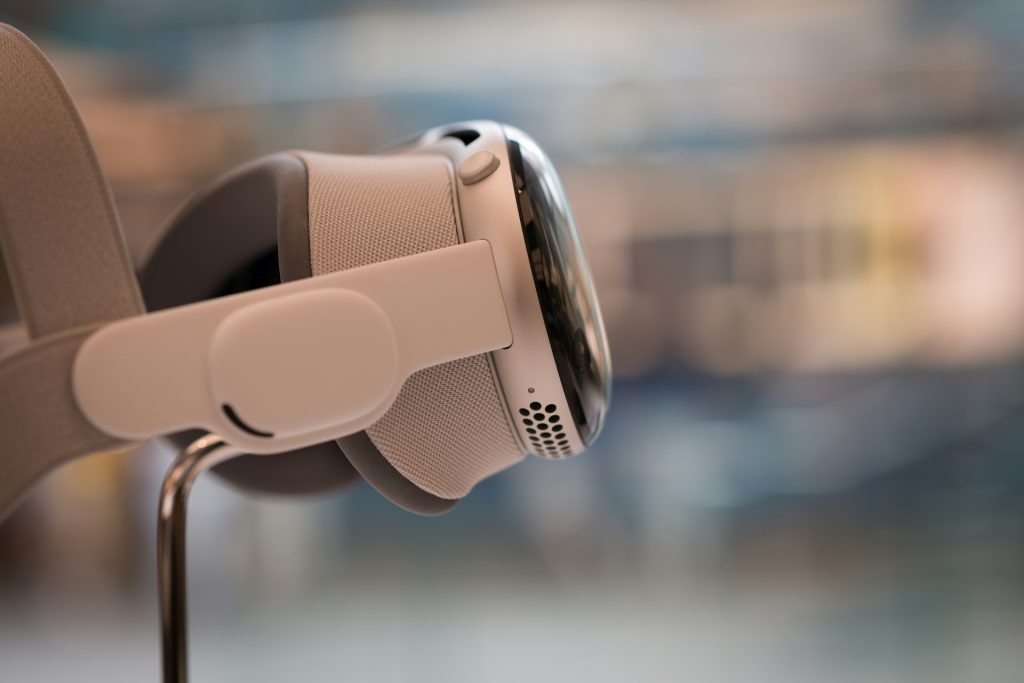With the rise of Apple’s Spatial Video, many wonder how it compares to traditional 3D video formats. While both aim to create a more immersive experience, there are significant differences in technology, user experience, and practical applications. In this article, we break down what makes Spatial Video unique and how it stands apart from traditional 3D video.
Depth perception and realism
- Traditional 3D Video: Requires special glasses to create the illusion of depth by displaying slightly offset images to each eye.
- Spatial Video: Uses real depth data captured from dual-camera setups, providing a more natural and lifelike experience without additional eyewear.
Viewing experience
- Traditional 3D: Often viewed in movie theaters or on 3D TVs with limited angles where the effect is optimal.
- Spatial Video: Designed for head-mounted displays like Apple Vision Pro, allowing viewers to move and experience the depth dynamically from different perspectives.
Recording technology
- Traditional 3D: Filmed using stereoscopic cameras that generate two slightly different images.
- Spatial Video: Captured using advanced dual-lens cameras with depth sensors, enabling real-time analysis of distances and perspectives.
Applications and use cases
| Feature | Traditional 3D Video | Spatial Video |
|---|---|---|
| Entertainment | Movies and gaming | Immersive experiences, VR content |
| Personal Memories | Not widely used | Capturing lifelike personal moments |
| Education & Training | Limited adoption | Highly interactive and practical |
| Healthcare | Minimal applications | Surgery training, therapy, patient education |
Accessibility and future potential
- Traditional 3D: Requires specialized equipment and has seen a decline in popularity.
- Spatial Video: Integrated into Apple’s ecosystem, making it more accessible and likely to become a mainstream standard.
While traditional 3D video paved the way for immersive visuals, Spatial Video represents a more natural, accessible, and versatile evolution of this technology. With support from Apple and future advancements, Spatial Video has the potential to redefine how we capture, experience, and interact with video content. Stay updated on this transformative technology at spatial-video.com!




